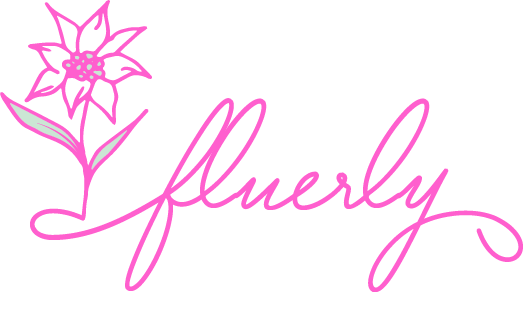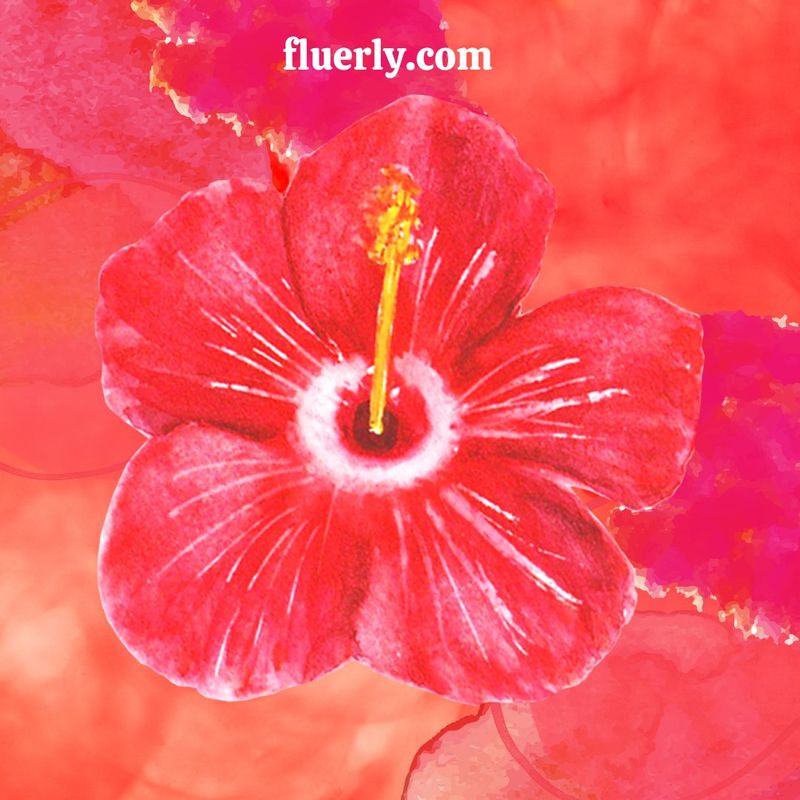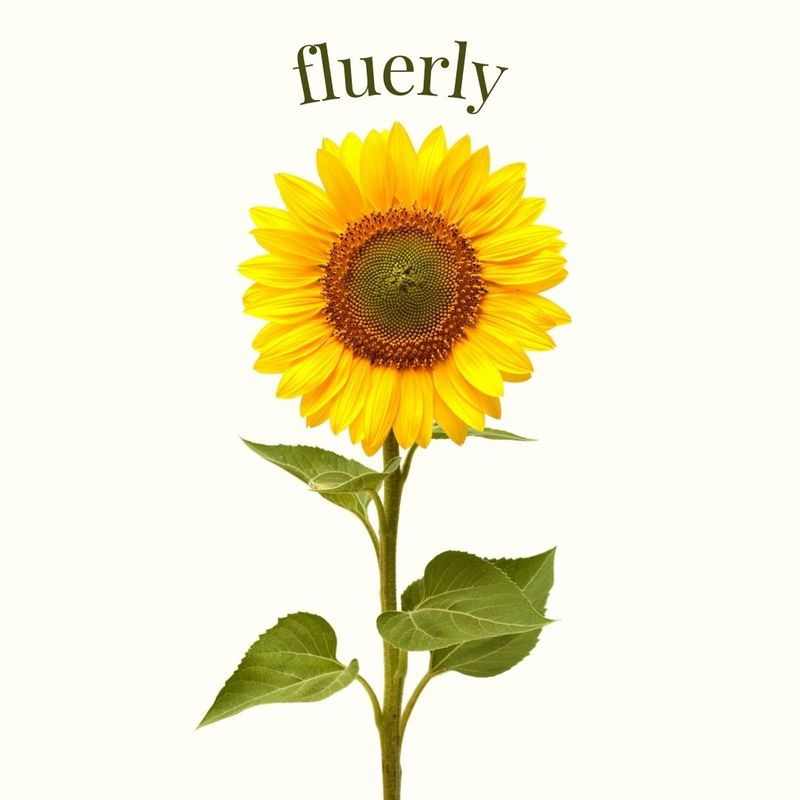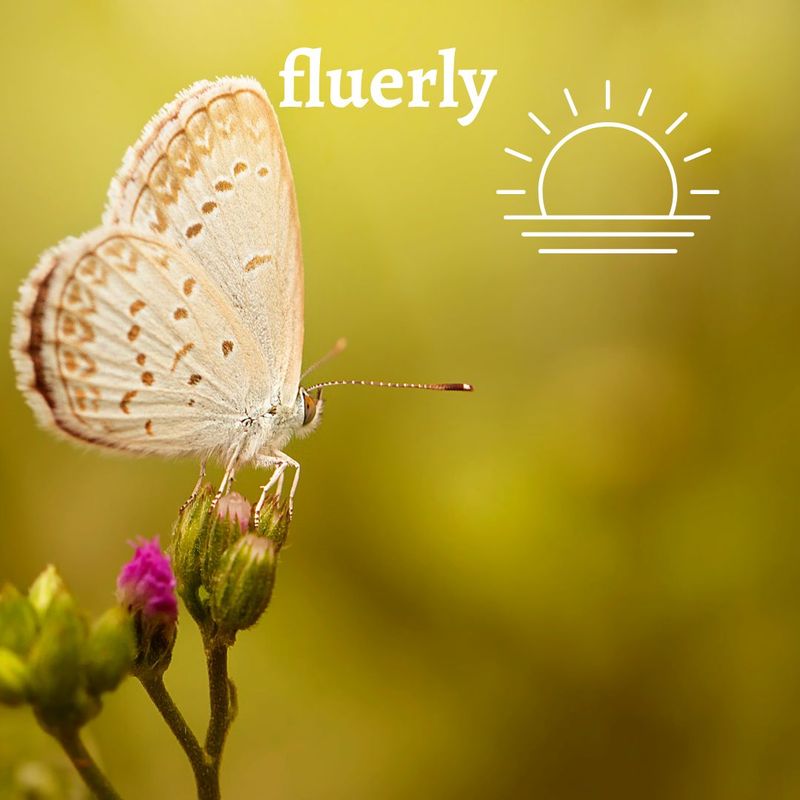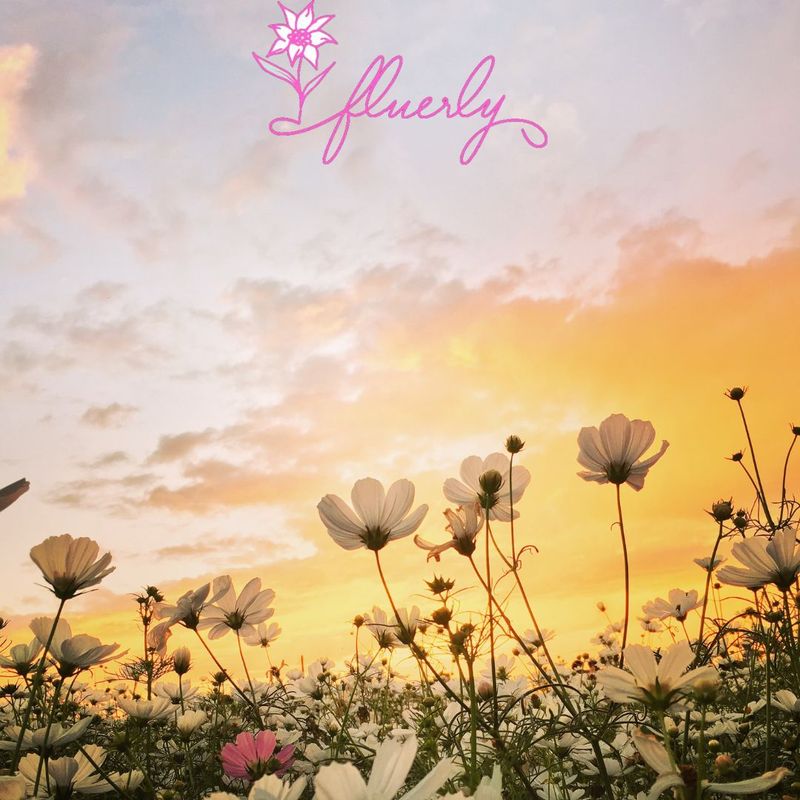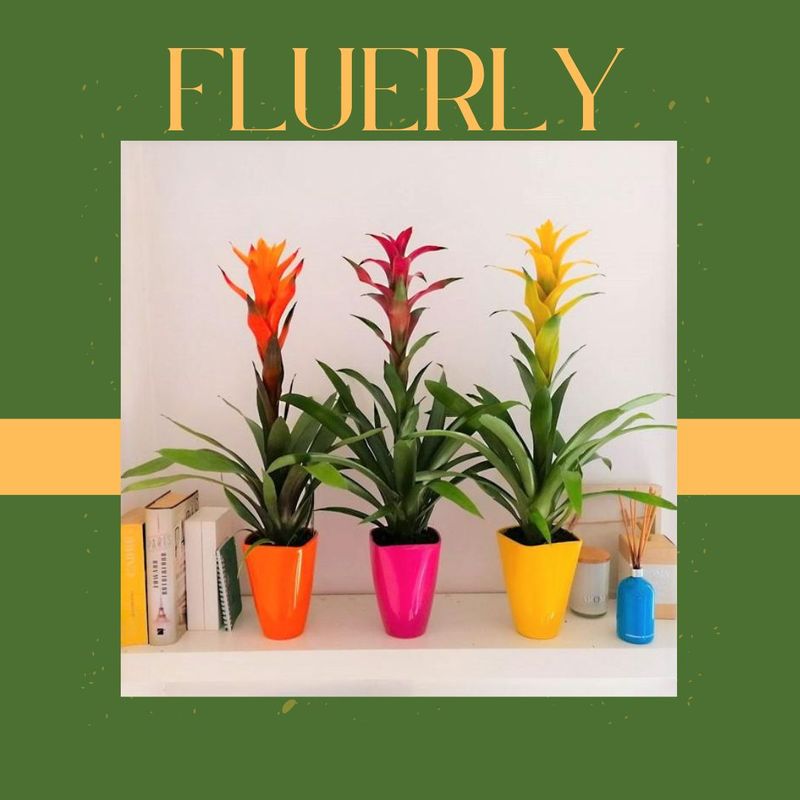These flowers are also grown in many gardens because they have beautiful colors and smells. You can grow a beautiful hibiscus plant indoors or outdoors. It will be an eye-catching addition to your home or garden.
Keep reading the article below to learn more about the Hibiscus plant and its different varieties.
What is a Hibiscus Plant?
Hibiscus is a species of flowering plant in the mallow family, Malvaceae. The genus is large, comprising about 200 widely cultivated species for their large, showy flowers and edible fruit, such as the Jamaica sorrel, roselle (hibiscus sabdariffa), and cranberry hibiscus.
It has been suggested that the name hibiscus comes from an Arab word for this plant or its flower.
Hibiscus are Beautiful and Useful
Hibiscus plants are beautiful and useful. They make a great addition to any garden, whether you plant them in pots or on the ground. They're easy to grow, and they come in a wide variety of colors and sizes. You may also like our blog about beautiful daffodil gifts.
Common Types of Hibiscus – Here's the List
Here are some of the most significant types of hibiscus:
Chinese Hibiscus

Hawaiian White Hibiscus
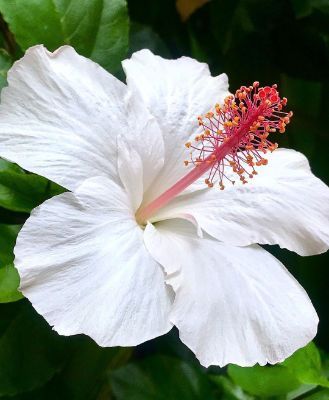
The Hawaiian white hibiscus is known as pua aloalo. It has a long, straight stem with small leaves that are oval-shaped and pointed at the tip. The flower is about 1 inch wide, with five yellow petals with red streaks or spots. This plant grows in tropical climates and can be planted in USDA hardiness zones 9 through 11.
It's best to plant the seedlings in full sun, or partial shade after all danger of frost has passed—from mid-February through March, depending on your location—and harvest those from June through August when they're fully mature but still greenish-white colored. They're edible when cooked; ensure not to eat any part of the plant if it's wilted or browned out because it may taste bitter!
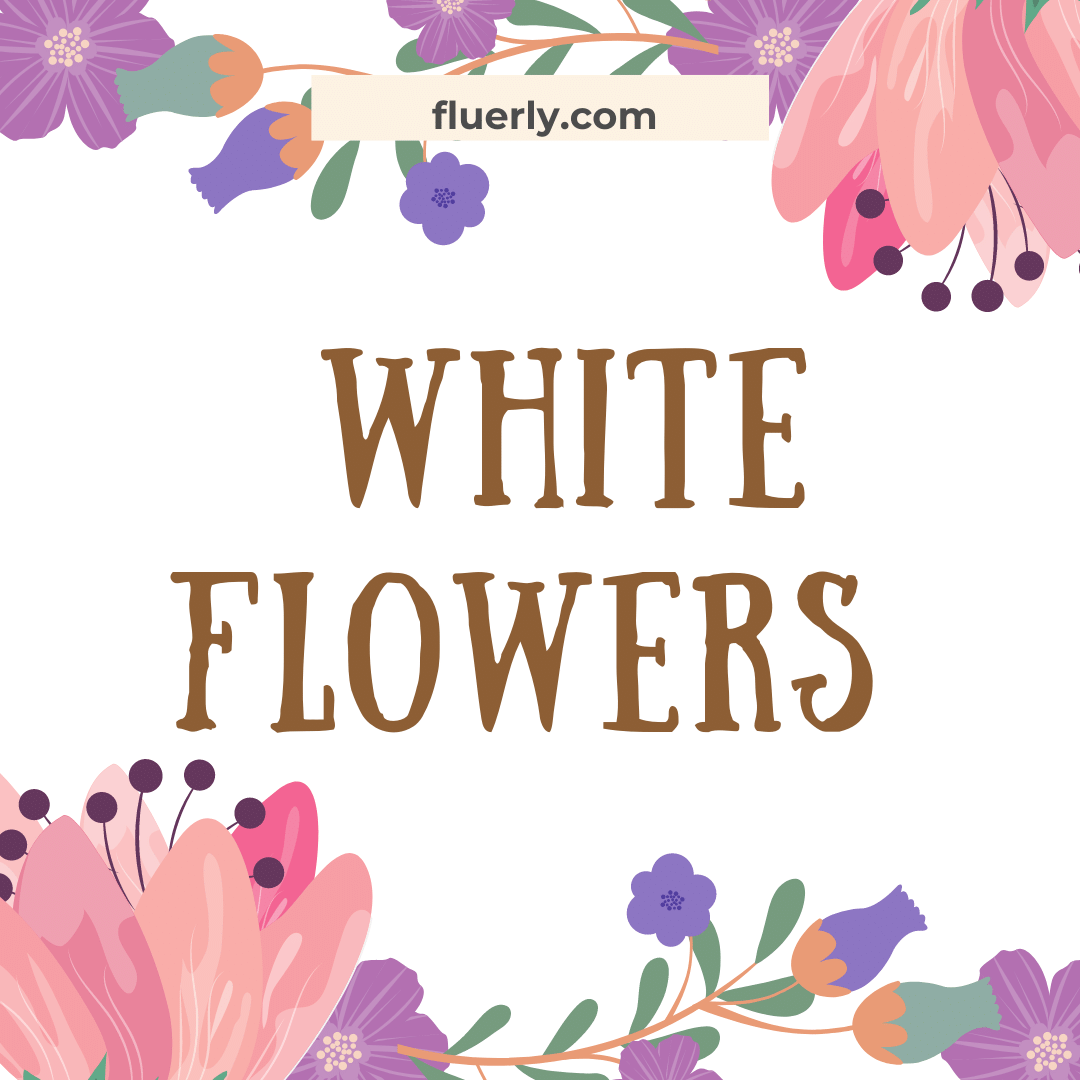
Swamp Mallow Hibiscus
The swamp mallow hibiscus is also known as the rose mallow, and it's a great plant for those who love variety. The plant has fuzzy, deep green leaves and blossoms that are pink to red. You can read our blog about red flowers if you like them and want to learn about them.
It attracts hummingbirds when they bloom, but you can also enjoy them in the bud. The flowers are so pretty that they can be used as decoration in bouquets or centerpieces—and they'll provide a splash of color even when they're not blooming!
The swamp mallow hibiscus grows up to five feet tall with an equal spread.
Hardy Perennial Hibiscus
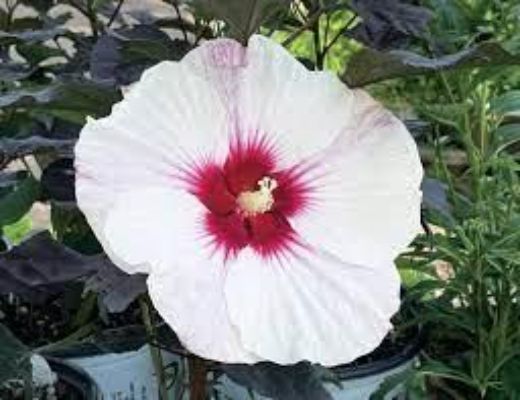
Hardy perennial hibiscuses grow in USDA hardiness zones four to 10 and are very easy to care for. They are drought tolerant, so they don't require a lot of water. You can read our guide about how often to water sunflowers.
Hardy perennial hibiscuses can be grown in containers on patios, balconies, or the ground. The flowers of the plant attract butterflies and hummingbirds.
Common Garden Hibiscus
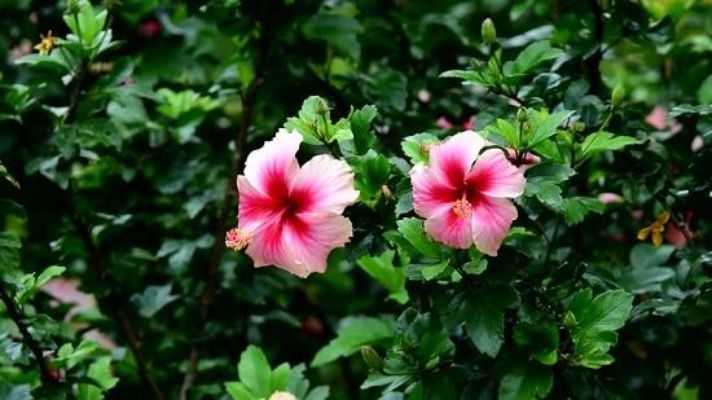
The common garden hibiscus tends to produce large flowers in bright colors. They're easy to grow and work well for beginners or people with limited space. They also make great container plants, which can be moved indoors during the winter if you want to keep them alive year-round.
Hibiscus Moscheutos

Hibiscus Moschetti's Luna Red' has very dark red flowers and is ideal for a Mediterranean look. This dwarf hibiscus grows to 3 feet tall, making it an ideal container plant or small garden specimen. It blooms in full sun to partial shade in well-drained soil that is slightly acidic with a pH of 6.0 -- 7.0; soils that are too alkaline will cause the leaves to drop early in the season due to iron deficiency (poor drainage can also contribute).

Mature plants bloom from late spring through early summer; deadhead blooms regularly to prolong flowering and encourage more growth from each stem.
Hibiscus coccineus

The scarlet red flowers of Hibiscus coccineus are great for attracting hummingbirds. The deep red color is popular with birds, which prefer it to yellow flowers. If you want to attract hummingbirds or add color and beauty to your garden, this is the plant for you!

Hibiscus GumDrop

Hibiscus' GumDrop,' or Painted Lady, has red-and-yellow blooms that are great for containers. The flowers are about three inches across and have purple centers.
Hibiscus Palustris
Hibiscus palustris is a hardy species of hibiscus that grows eight to 12 feet tall and flowers in late summer. The flowers are beautiful, deep purple-red with white petals and a dark center.
This variety is hardy to zone 5, which can tolerate cold winter temperatures as low as -5 degrees Fahrenheit. It requires full sun or partial shade and tolerates poor soil conditions.

There are wide varieties of beautiful hibiscus plants which can be grown outside or inside.
If you are looking for a hardy flowering plant that can be planted in your garden, many beautiful hibiscus plants can be grown outside or inside. The most popular types of hibiscus plants include the following:
- Bush variety - This type has a compact shape and grows up to 3 feet tall. It is suitable for planting in full sun or partial shade and needs regular watering throughout its growing season.
- Shrub variety - A shrub grows up to 5 feet tall and wide but has a more open appearance than the bush variety due to its spreading branches. It should be planted in full sunlight with good drainage so it won't get overwatered or waterlogged easily when it rains heavily during colder months.
How Do I Know What Type of Hibiscus I Have?
Many people think that all hibiscuses are the same. However, they are quite diverse in appearance and growth patterns. To figure out what kind of hibiscus you have, look at its flowers, leaves, plant size, and growth pattern.
It would help if you also considered whether or not it has prickles or thorns on the stem or branches. If there is fruit present (such as avocado-like pods), then check those out too!
Final Words
To summarize, hibiscus is a beautiful and valuable plant. Hibiscus plants are a great addition to any garden and can be used for flowers or as ornamental plants. There are wide varieties of this flower that may be grown inside and out depending on your climate and preferences.
Related:
